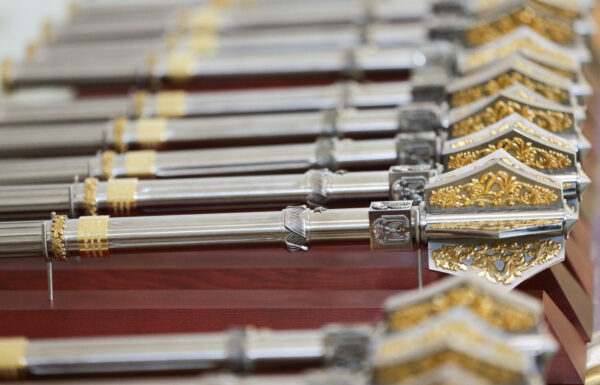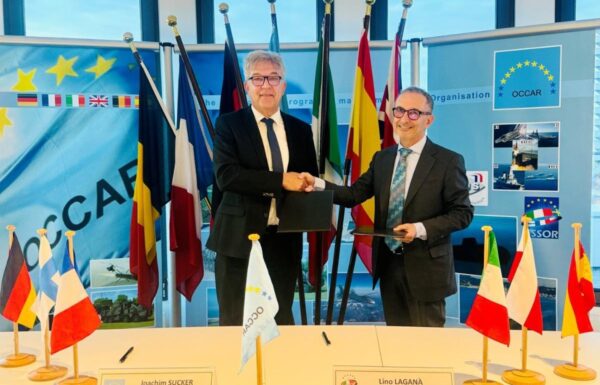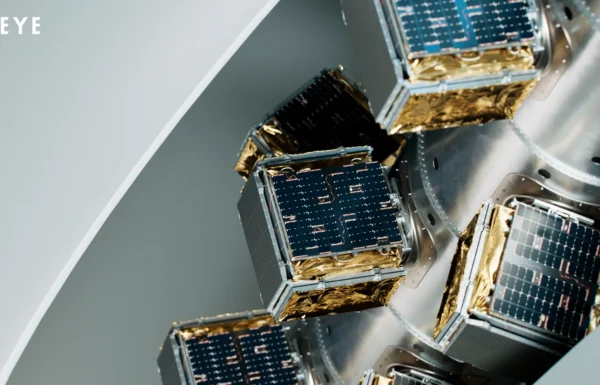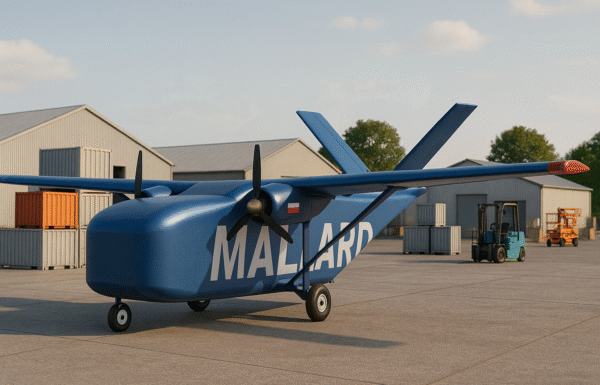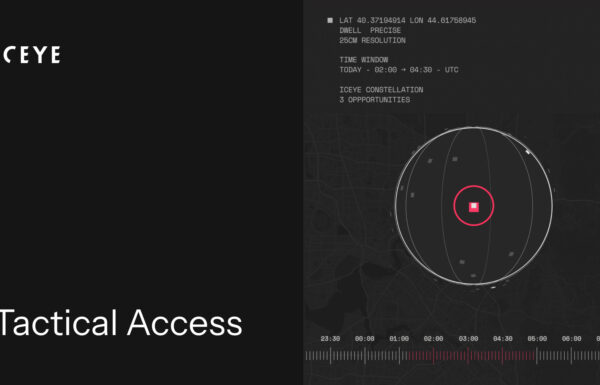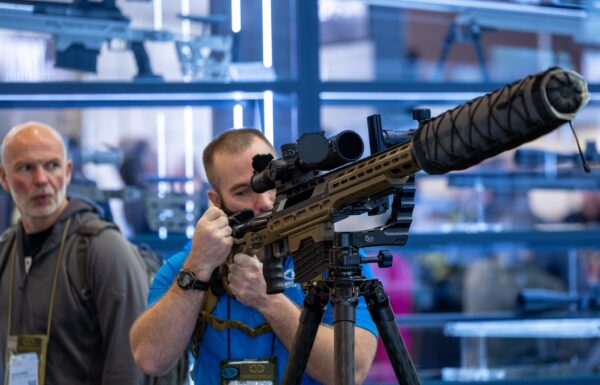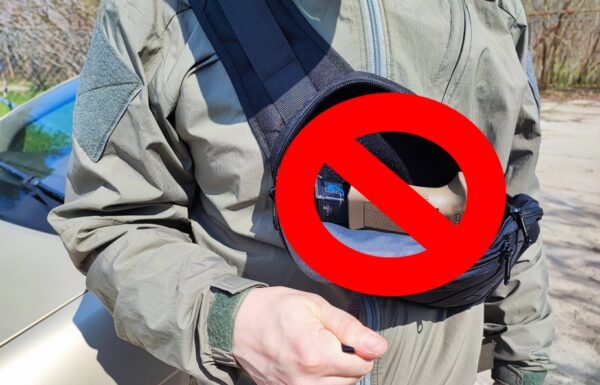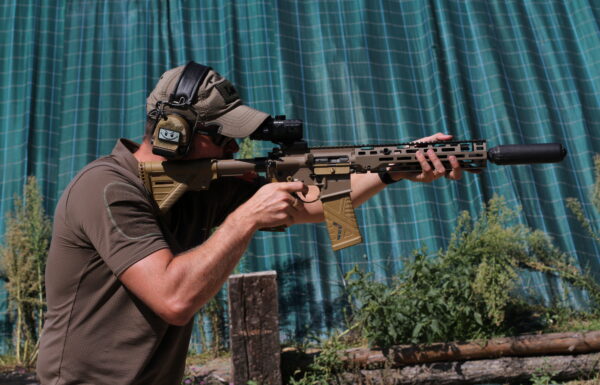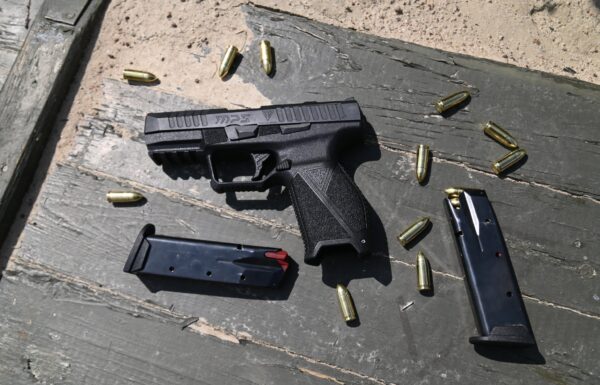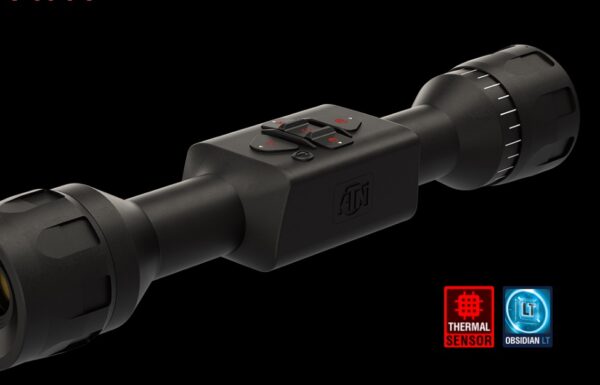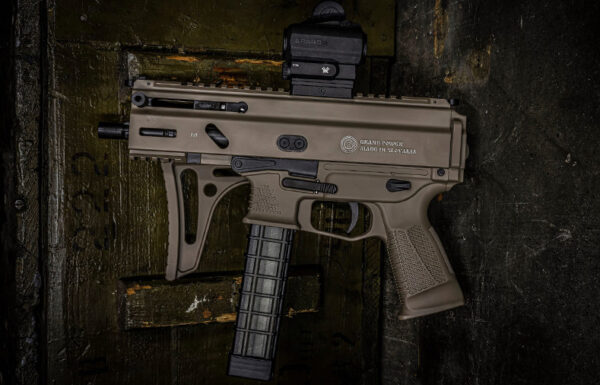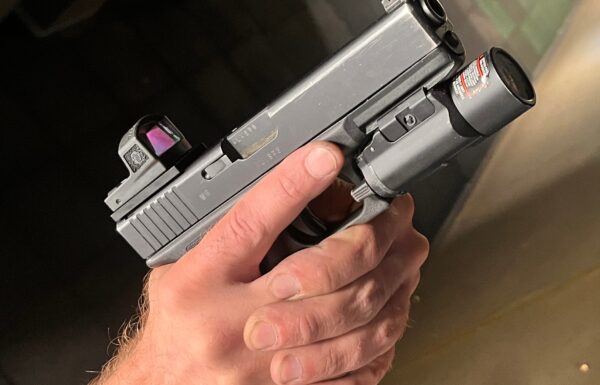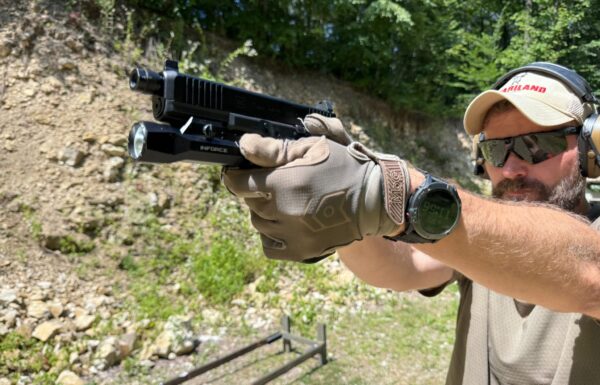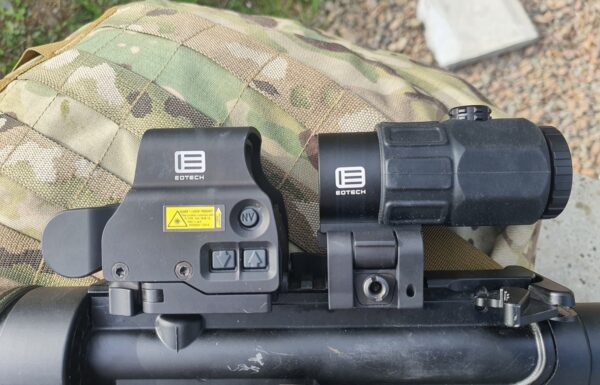On Monday, February 12th, the Australian Department of Defence announced that on February 9th, Minister for Defence Industry Pat Conroy authorized an increase in funding for the Boeing MQ-28A Ghost Bat unmanned aerial vehicle program by 399 million AUD (1.044 billion PLN, 260 million USD). This will allow for an increase in the total number of produced aircraft to 16 units.
 Prototype of the unmanned aerial vehicle MQ-28A Ghost Bat, formerly known as the Airpower Teaming System (ATS) / Photo: Boeing
Prototype of the unmanned aerial vehicle MQ-28A Ghost Bat, formerly known as the Airpower Teaming System (ATS) / Photo: Boeing
The autonomous unmanned aerial vehicle MQ-28A Ghost Bat was developed by Boeing Australia as part of the Loyal Wingman – Advanced Development Program for the Royal Australian Air Force (RAAF). Until March 21, 2022, it was known as the Airpower Teaming System (ATS). The name Ghost Bat comes from the Australian ghost bat, a member of the family Megadermatidae within the order Chiroptera.
The Loyal Wingman program has entered the next stage, which includes the delivery of three serial aircraft in the Block 2 version with improved design and enhanced capabilities.
Announcing the funding on February 9th in Canberra, Minister for Defence Industry Pat Conroy said that it will enable a focus on developing sensors and mission payloads, integrated combat systems, and autonomous systems.
But the majority of the funding will go into developing the unique Australian technology that allows the Ghost Bats to work together with each other and with crewed aircraft as one team to achieve their mission, Mr Conroy said. We also have an agreement with the United States to share this technology and turbo-charge its development.
He stated that over 200 Australian companies are participating in the program (including Boeing Australia and over 35 companies directly), demonstrating that with Australian government support, the defense industry can develop world-class technologies.
The prosperity and security of our nation will always be a top priority for the Government, Mr Conroy said. That’s why giving our Air Force the critical capabilities it needs to protect Australians and their interests is paramount.
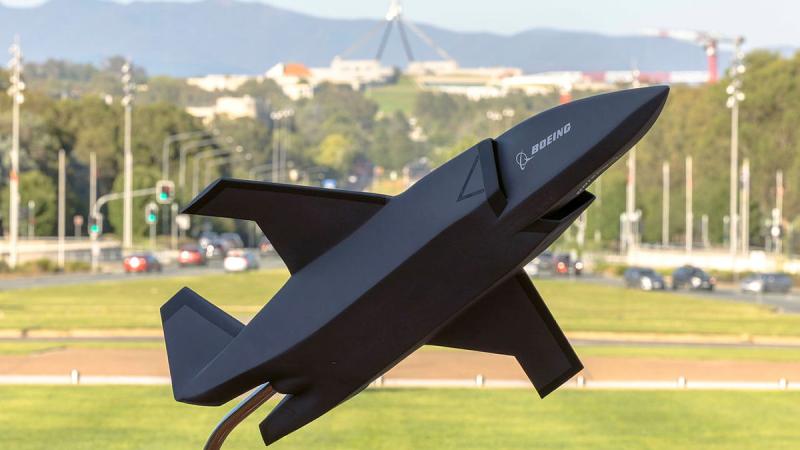 MQ-28A Ghost Bat Mockup / Photo: Australian Department Of Defence
MQ-28A Ghost Bat Mockup / Photo: Australian Department Of Defence
So far, four units have been flown, with three prototypes belonging to Boeing, and a total of ten were previously ordered—meaning Boeing was obligated to produce thirteen. The latest agreement increases the order to sixteen, but ultimately, thirteen of them will be delivered to the RAAF.
The MQ-28A Ghost Bat is a technology demonstrator within the concept of the so-called Loyal Wingman program, which, thanks to artificial intelligence and a series of sensor pods for reconnaissance, surveillance, and electronic warfare, is intended to support the operations of manned RAAF aircraft. Ultimately, one manned aircraft is expected to manage 4-6 Loyal Wingman aircraft simultaneously.
The aircraft is 11.7 meters long. In the front section, a modular cargo compartment measuring 2.59 meters in length and with a capacity of 147,500 cubic centimeters is installed. The operating radius is expected to be up to 3700 km. A lightweight commercial turbojet engine is used for propulsion. Boeing previously stated that a serial Loyal Wingman could cost around 2 million USD per unit. In addition to Boeing Australia, over 35 Australian companies participate in the development of the loyal wingman as part of the executive consortium, including BAE Systems Australia, RUAG Australia, Ferra Engineering, and AME Systems.
On August 22, 2022, the Secretary of the United States Air Force (USAF), Frank Kendall, informed about the interest in the MQ-28A Ghost Bat. In the Australian defense budget for fiscal year 2023, it was stated that, according to the recommendations included in the Defense Strategic Review, an agreement with the USA regarding the cooperation project for combat aircraft was signed to enhance collaboration on the MQ-28A. The government in Canberra was, in turn, interested in the American strategic bombers Northrop Grumman B-21A Raider, but ultimately abandoned this idea.


